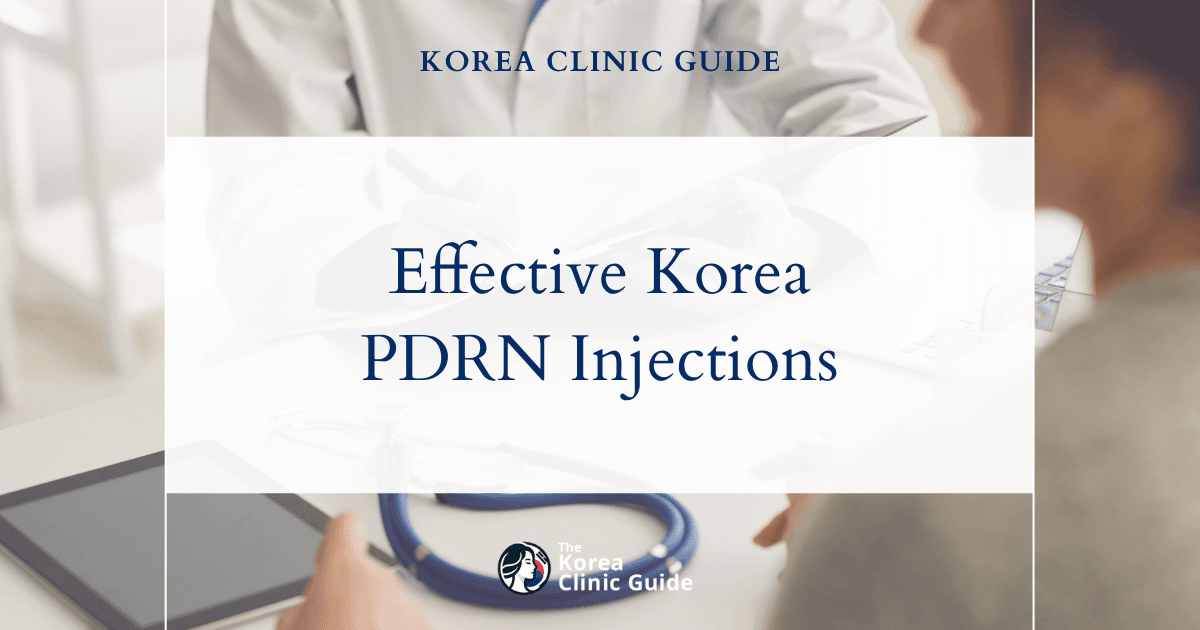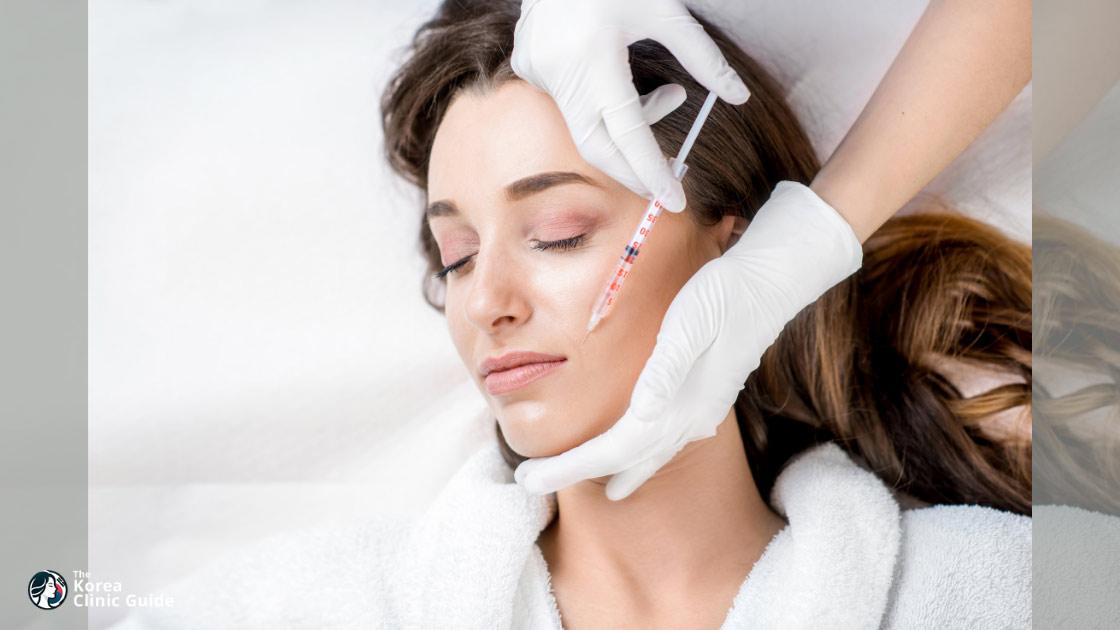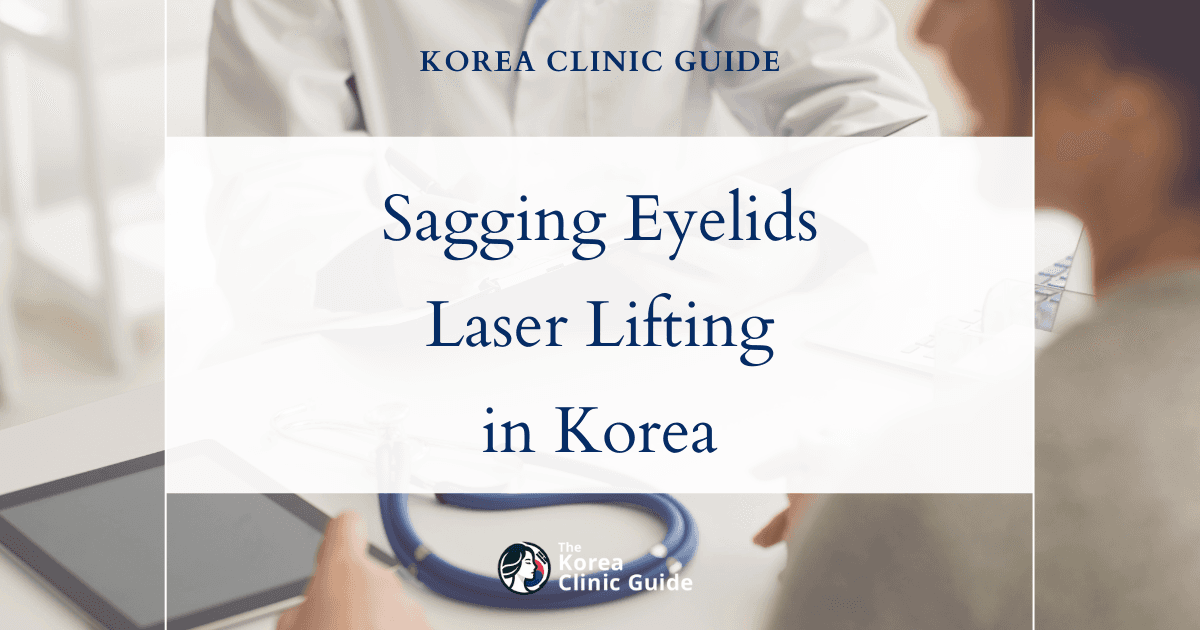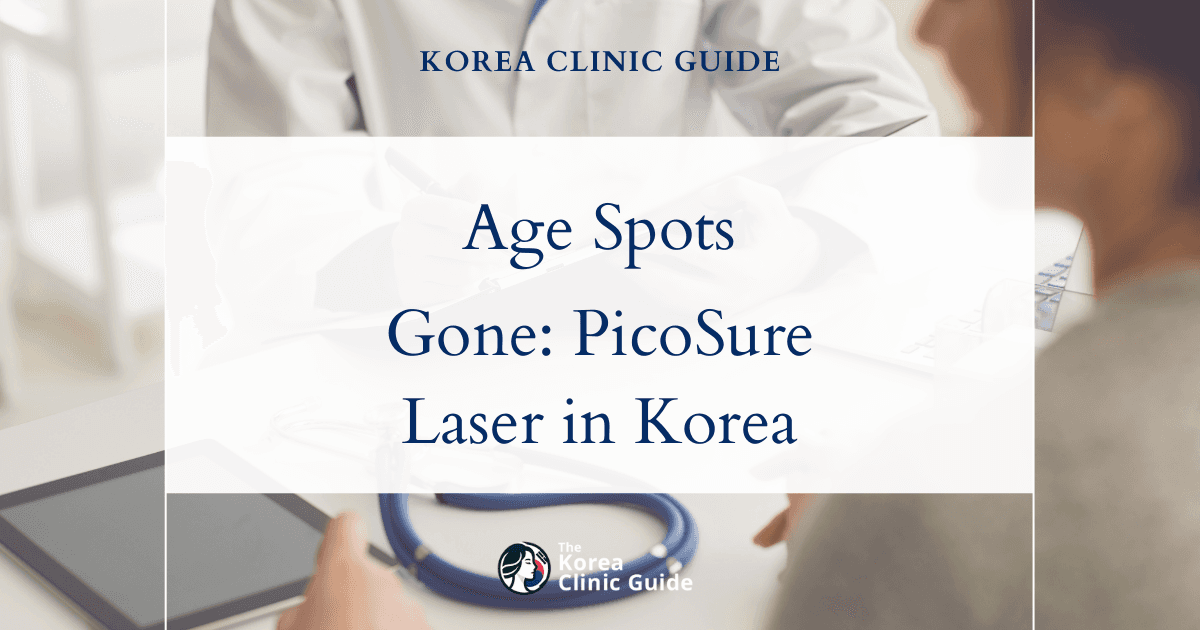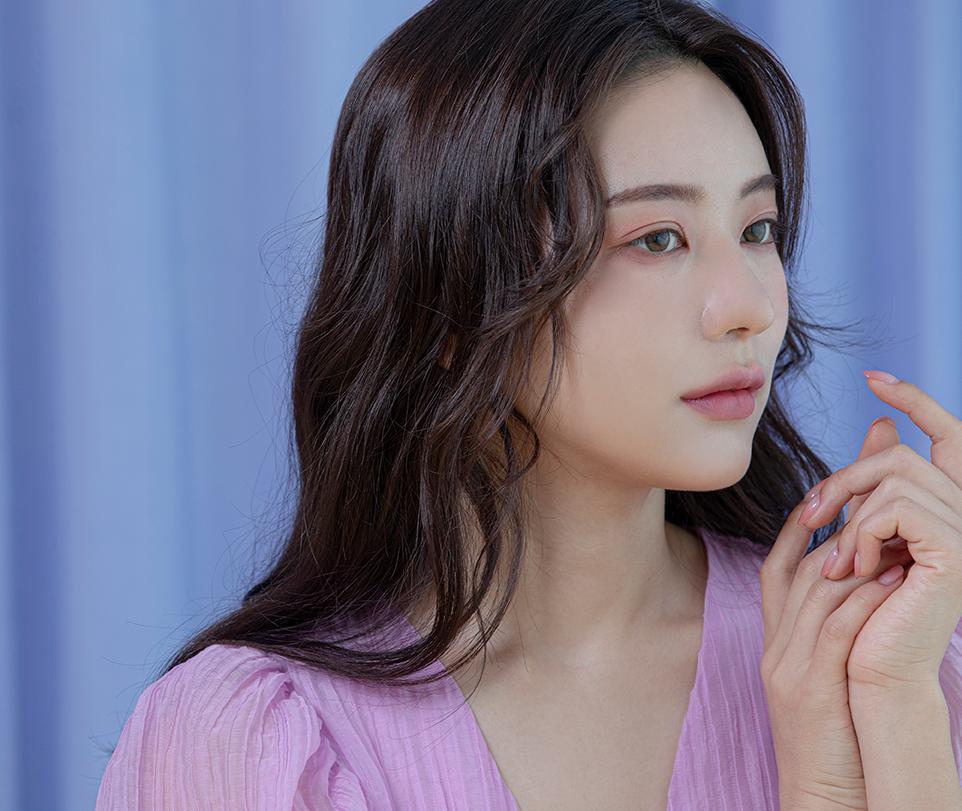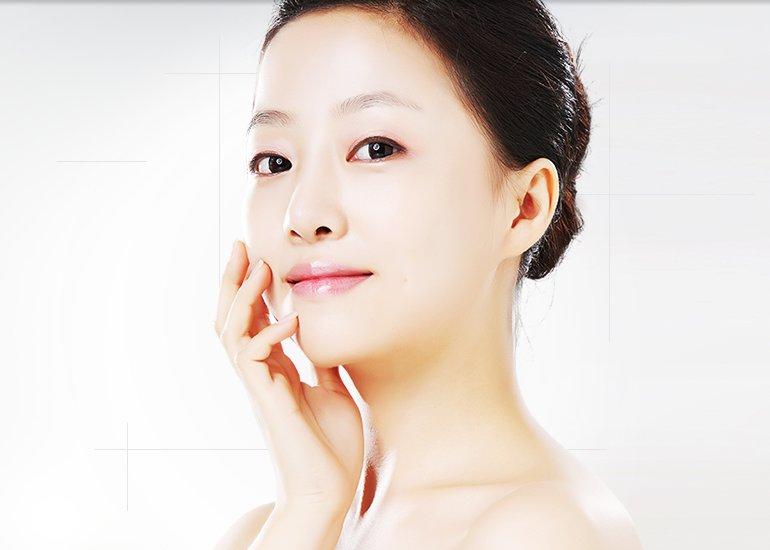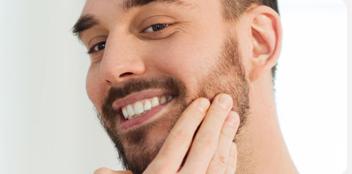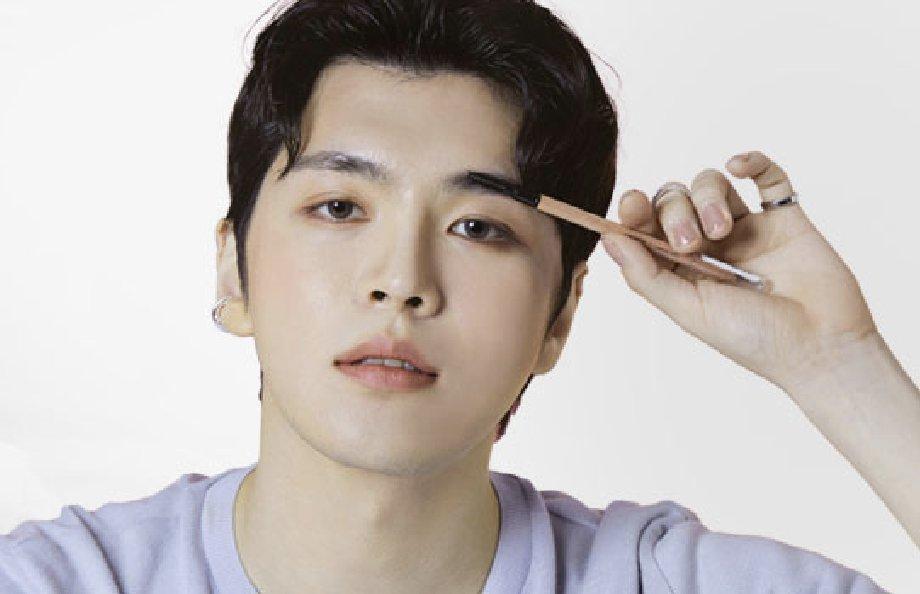Medical Tourism Blog
Scalp Care in Korea | Best Clinics, Costs, Procedure Types & More
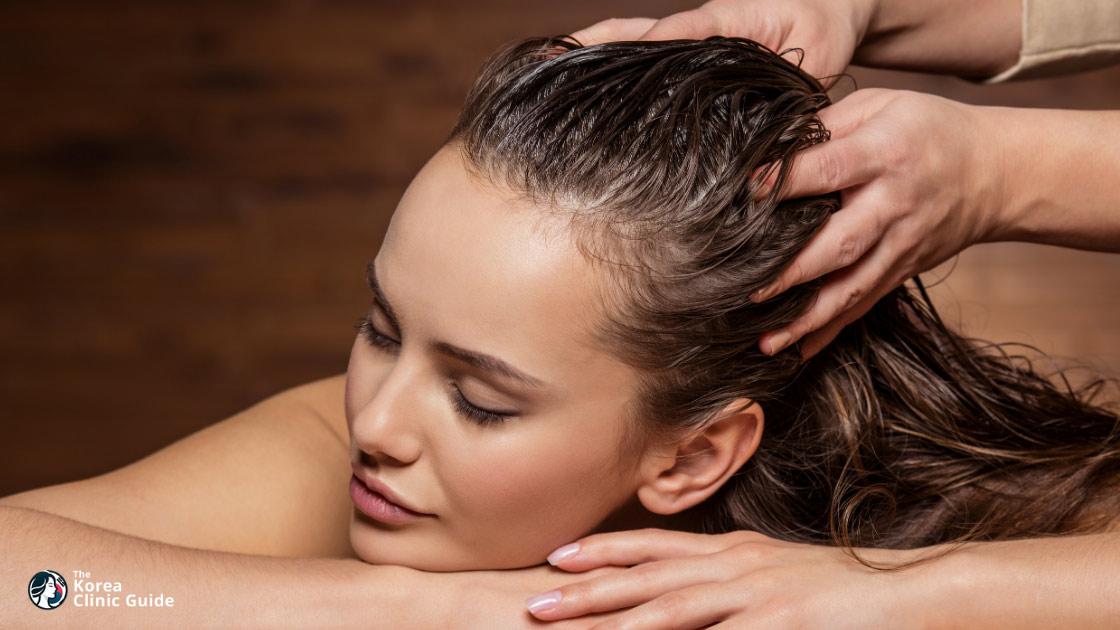
Table of contents
- What Is Scalp Care?
- Best Clinics in Korea for Scalp Care
- Scalp Care in Korea
- Cost of Scalp Care in Korea
- Alternatives to Scalp Care
- Conclusion
Considering treatment in Korea? Everything you need to know e.g. — how to avoid scams, visas, interpreters, recovery tips — in our Medical Tourism Master Guide. Plan with confidence in minutes, not weeks!
Are you aware that your scalp health could be the hidden key to achieving lustrous, vibrant hair? In Korea, a country celebrated for its groundbreaking beauty innovations, scalp care has become a critical component of personal health routines, underscoring the belief that healthy hair begins at the roots. Dive into this article to explore the transformative power of scalp care, from cutting-edge clinic treatments to home-based remedies and the associated costs, all while gaining insights on how Korea's comprehensive approach can become part of your own beauty regimen.
What Is Scalp Care?
Scalp care refers to a variety of treatments aimed at maintaining and improving the health of the scalp. These treatments can range from simple home remedies to advanced medical procedures. Scalp care is essential for fostering hair growth, preventing scalp-related conditions, and enhancing overall hair health.
Who Is Scalp Care For?
Scalp care treatments are beneficial for a broad range of individuals:
- People experiencing hair loss: Whether due to genetics, hormonal changes, or other underlying conditions, scalp care can slow down hair loss and promote regrowth.
- Individuals with dandruff or seborrheic dermatitis: These conditions can cause itching and scaling, and specialized scalp treatments can alleviate these symptoms.
- Those with sensitive or irritated scalps: Chemical treatments, environmental factors, or poor hair care practices can lead to scalp irritation, and targeted care can soothe and restore scalp health.
- Individuals seeking preventive care: Regular scalp maintenance can prevent future issues and ensure that hair remains healthy and vibrant.
Types of Scalp Care Procedures
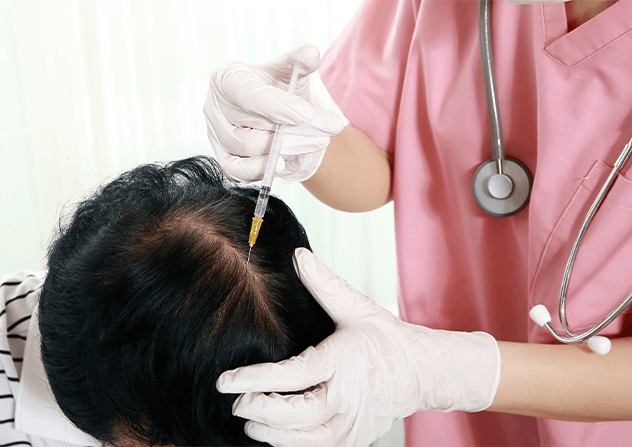
Scalp care encompasses a wide variety of procedures, each tailored to address specific needs and conditions. Here are some of the most prevalent types:
1. Professional Scalp Treatments
Scalp Exfoliation: This involves the removal of dead skin cells and product buildup from the scalp. It is typically performed using scrubs or chemical exfoliants like alpha hydroxy acids (AHAs) and beta hydroxy acids (BHAs).
Scalp Massages: Professional scalp massages can improve blood circulation, which in turn promotes hair growth and reduces stress. These massages may incorporate essential oils with therapeutic properties.
LED Light Therapy: Using low-level laser therapy (LLLT) or red light therapy, this treatment helps stimulate hair follicles, increasing their activity to promote hair growth.
Platelet-Rich Plasma (PRP) Therapy: This is a medical treatment that involves injecting concentrated platelets from the patient’s own blood into the scalp to accelerate tissue repair and hair growth.
2. Home-Based Scalp Care
Medicated Shampoos and Conditioners: Products containing ingredients like ketoconazole, salicylic acid, or zinc pyrithione can treat dandruff, seborrheic dermatitis, and other scalp conditions.
DIY Scalp Masks and Treatments: Ingredients such as aloe vera, tea tree oil, and coconut oil can be used in homemade treatments to soothe and nourish the scalp.
Microneedling Devices: Though typically performed by professionals, some microneedling devices are available for home use. This treatment involves rolling tiny needles over the scalp to stimulate hair follicles and improve product absorption.
Procedure Phases
1. Consultation and Diagnosis
A thorough consultation with a dermatologist or trichologist (a specialist in hair and scalp conditions) will help identify any underlying issues and determine the most suitable course of treatment.
2. Treatment Plan Development
Based on the consultation, a personalized treatment plan is developed. This may involve a combination of at-home care and professional treatments.
3. Procedure Execution
During the treatment phase, the chosen procedures are performed, which may involve multiple sessions depending on the extent and nature of the scalp condition.
4. Follow-Up and Maintenance
Regular follow-ups help ensure that the treatment is effective and allows for any necessary adjustments. Long-term maintenance may include ongoing at-home care practices and periodic professional treatments.
Conclusion
Scalp care is an essential aspect of overall hair health that addresses a variety of conditions and concerns. Through a combination of professional treatments and home care practices, individuals can achieve a healthy, well-nourished scalp, leading to improved hair growth and condition. Whether combating hair loss, dandruff, or general scalp sensitivity, scalp care offers a tailored approach for everyone’s unique needs.
Best Clinics in Korea for Scalp Care
Listed below are the best clinics in Korea for scalp care:
| Clinic Name | Key Features | Special Techniques |
|---|---|---|
| Chaum | Personalized, multidisciplinary medicine in a serene, private setting; comprehensive health check-ups with state-of-the-art diagnostics and expert consultations; customized management plans; dermatology expertise anchored by advanced skin rejuvenation technologies; anti-aging programs (stem cell therapy, hormone replacement therapy); holistic services (TheraSpa, Benefit Center fitness); outpatient clinics; convenient Sinnonhyeon Station location; recognized with awards; end-to-end approach to scalp care | Advanced skin rejuvenation technologies; stem cell therapy; hormone replacement therapy |
| Leli Clinic | Advanced cosmetic procedures with professional expertise and a trendy touch; regenerative skin therapies and energy-based lifting; precision, safety, comfort, and results; non-surgical modalities with minimal discomfort and no incisions; high standards with modern sensibility in Sinsa; aesthetic synergy around the hairline | Exosome therapy; Rejuran Healer; Thermage FLX; Ulthera Lifting; Inmode Lifting; NCTF135 (skin-brightening); collagen injections for neck wrinkles |
| 4ever Clinic - Siheung | Approaches the scalp as skin; prioritizes regeneration, elasticity, and barrier health; precise, safety-conscious techniques; convenient location (Gyeonggi-do, Siheung-si, Baegot 3-ro 86, Center Plaza 2, 4th Floor); hours: Mon–Fri 10:00 AM–8:00 PM, Sat 10:00 AM–3:00 PM (no lunch break on Saturdays); consistent, high-quality care accessible | Rejuran HB Plus (low-pain polynucleotide skin booster for renewal, elasticity, deep moisturization); V-RO Lifting (high-frequency waves with focused ultrasound); Volumer Lifting (monopolar radiofrequency); Volume Filler (Domestic Bellast, hyaluronic acid-based) |
Chaum
Chaum is the best clinic for scalp care in Korea because it delivers truly personalized, multidisciplinary medicine in a serene, private setting where specialists and advanced equipment come to you. Comprehensive health check-ups use state-of-the-art diagnostics and expert consultations to identify underlying factors and create customized management plans that support scalp health from the inside out, while our dermatology expertise—anchored by advanced skin rejuvenation technologies—enables precise, specialist-led care for the skin and scalp. Anti-aging programs, including stem cell therapy to rejuvenate and repair tissues and hormone replacement therapy to sustain vitality, complement scalp-focused strategies by promoting overall wellness and slowing the aging process. Holistic services such as TheraSpa for relaxation and stress relief and the Benefit Center’s tailored fitness programs further enhance outcomes, and our outpatient clinics ensure continuity of care. Conveniently located at Sinnonhyeon Station and recognized with numerous awards for medical excellence and innovation, Chaum offers an unparalleled, end-to-end approach to scalp care.
Find more about this clinic here: Chaum Website
Leli Clinic
Leli Clinic, located in Sinsa, is a destination for advanced cosmetic procedures delivered with professional expertise and a trendy touch. For those focused on scalp care, the clinic’s strength in regenerative skin therapies and energy-based lifting translates into meticulous tissue management, inflammation control, and collagen stimulation—the same foundations that support a healthy scalp environment and a refined hairline-frame aesthetic. Every treatment is performed with precision and care, aligning safety, comfort, and results.
-
Regenerative expertise that supports scalp health: Exosome therapy is designed to reduce inflammation and promote regeneration, key pillars of a balanced scalp microenvironment; Rejuran Healer uses polynucleotides to encourage tissue repair and elasticity, principles relevant to maintaining a resilient scalp barrier.
-
Energy-based platforms that demand precision: Thermage FLX (radiofrequency), Ulthera Lifting (focused ultrasound), and Inmode Lifting (RF plus laser) are delivered to deep tissue layers with controlled energy—experience that mirrors the accuracy required for scalp-adjacent treatments and hairline-area procedures.
-
Aesthetic synergy around the hairline: Skin-brightening with NCTF135 enhances overall complexion and hydration, elevating the frame around the hairline; collagen injections for neck wrinkles refine the neck–jawline continuum, improving facial balance that complements scalp-focused goals.
-
Non-surgical comfort with meaningful results: Leli Clinic emphasizes modalities known for minimal discomfort and no incisions, making ongoing scalp and skin maintenance more approachable and consistent.
-
High standards, modern sensibility: With a portfolio built on clinically grounded technologies and delivered in a stylish Sinsa setting, Leli Clinic combines medical rigor with a contemporary experience, making it a standout choice for discerning patients pursuing scalp care within a comprehensive aesthetic plan.
Find more about this clinic here: Leli Clinic Website
4ever Clinic - Siheung
4ever Clinic - Siheung stands out as the best destination for scalp care in Korea because it approaches the scalp as skin—prioritizing regeneration, elasticity, and barrier health with the same medical rigor it applies across its dermatological services. The clinic’s Rejuran HB Plus uses a low-pain polynucleotide (PN) skin booster to stimulate renewal, elasticity, and deep moisturization—core pillars for a resilient scalp environment—while its advanced energy-based procedures, including V-RO Lifting (high-frequency waves with focused ultrasound) and Volumer Lifting (monopolar radiofrequency), enhance tissue quality by activating collagen in the dermis, supporting healthier skin function from face to scalp. This science-forward toolkit, complemented by precise, safety-conscious techniques exemplified by the hyaluronic acid-based Volume Filler (Domestic Bellast), enables tailored plans that elevate overall skin integrity and aesthetic outcomes. Conveniently located at Gyeonggi-do, Siheung-si, Baegot 3-ro 86, Center Plaza 2, 4th Floor, and open Monday to Friday 10:00 AM–8:00 PM and Saturday 10:00 AM–3:00 PM (no lunch break on Saturdays), the clinic makes consistent, high-quality care accessible—an essential factor for optimal scalp and skin health.
Find more about this clinic here: 4ever Clinic - Siheung Website
Scalp Care in Korea

Scalp care in Korea is a highly specialized and comprehensive procedure designed to maintain and improve the health of the scalp, which is crucial for healthy hair growth. The process typically involves several steps and employs advanced techniques to diagnose and treat various scalp conditions.
Initial Consultation and Diagnosis
The experience begins with an in-depth consultation with a certified trichologist or dermatologist. During this initial phase, the specialist will inquire about the patient's medical history, lifestyle, and any specific concerns related to their scalp or hair. Advanced diagnostic tools, such as a trichoscope or scalp analyzer, are often used to magnify and assess the condition of the scalp and hair follicles. This helps in identifying issues like dandruff, seborrheic dermatitis, folliculitis, excessive oiliness, or even hair loss patterns.
Personalized Treatment Plan
Based on the diagnosis, a personalized treatment plan is developed. The plan may involve multiple sessions spread over several weeks or months, depending on the severity of the condition. The treatment regimen usually combines various techniques to cleanse, exfoliate, nourish, and rejuvenate the scalp.
Cleansing and Exfoliation
The first active step often involves deep cleansing and exfoliation. Specialized scalp shampoos and exfoliating agents are used to remove dead skin cells, excess sebum, and any accumulated styling products that can clog hair follicles. Some clinics use microdermabrasion tools specifically designed for the scalp to achieve a more thorough exfoliation.
Nourishment and Treatment
After cleansing, the scalp is typically treated with nourishing serums, masks, or infusions containing ingredients like peptides, vitamins, and plant extracts. These ingredients are chosen for their efficacy in promoting scalp health and hair growth. In more advanced clinics, these nutrients may be delivered via microneedling or electroporation, which enhances the absorption of active ingredients deep into the scalp.
Scalp Massage and Stimulation
A therapeutic scalp massage is often incorporated into the treatment. This serves not only to relax the patient but also to stimulate blood circulation, which is vital for nutrient delivery to the hair follicles. Some clinics employ high-frequency devices that use light and electrical pulses to further stimulate scalp cells and enhance overall scalp health.
Laser Therapy
For patients experiencing hair thinning or hair loss, low-level laser therapy (LLLT) might be included in the treatment plan. LLLT uses specific wavelengths of light to penetrate the scalp, stimulating hair follicles and promoting hair growth. This non-invasive procedure is painless and usually lasts about 20 minutes per session.
Home Care Regimen
Upon completion of the in-clinic procedures, patients are typically advised on a home care regimen to maintain the health of their scalp. This may include specific shampoos, conditioners, and topical treatments prescribed by the specialist. Dietary supplements that boost hair health might also be recommended.
Follow-up Appointments
Regular follow-up appointments are crucial to monitor progress and make any necessary adjustments to the treatment plan. During these visits, the specialist will assess improvements using the same diagnostic tools employed during the initial consultation, ensuring that the treatment is effective and sustainable.
Scalp care in Korea is a meticulous and multi-faceted approach aimed at addressing individual scalp issues with the utmost precision and care. Tailored to meet each patient's unique needs, this method not only improves scalp health but also fosters an environment conducive to healthy and robust hair growth.
Cost of Scalp Care in Korea
When considering the cost of scalp care in Korea, it’s important to take into account various factors such as the type of treatments, the clinic or spa chosen, and the frequency of sessions. Below, we delve into these aspects as well as additional travel-related expenses.
Treatment Costs
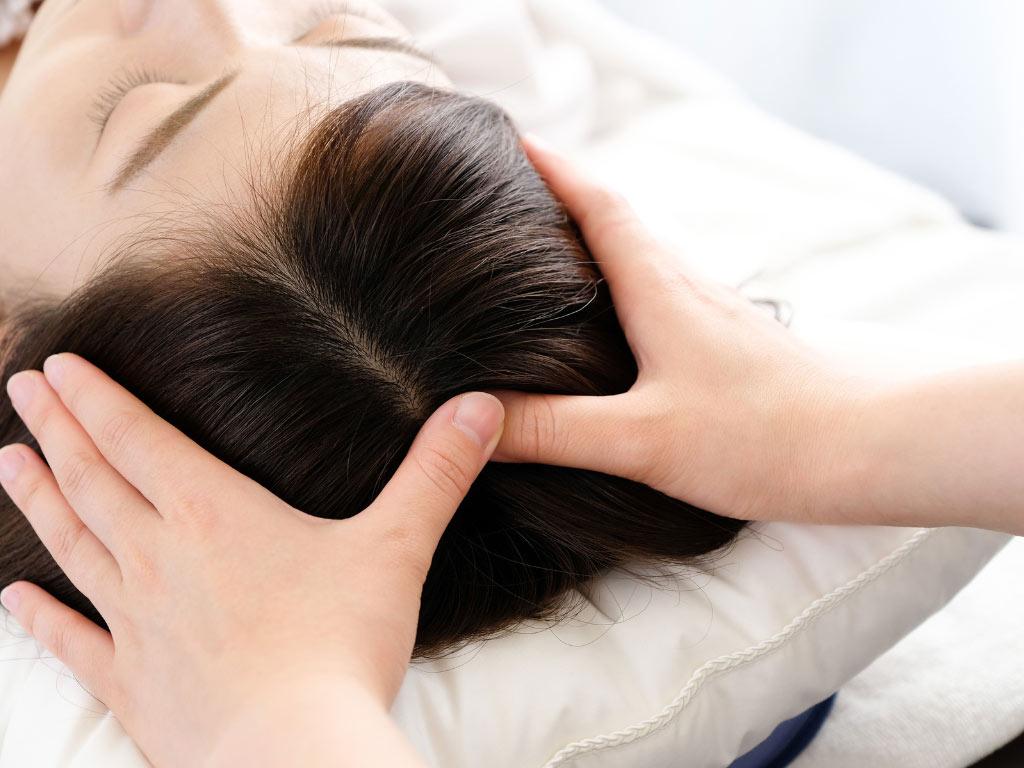
Scalp care treatments in Korea are known for being advanced and highly effective. The cost of these treatments can vary widely depending on their complexity and the reputation of the service provider. Below are some common types of treatments and their approximate costs:
- Scalp Cleansing: KRW 50,000 to KRW 100,000 per session (approximately $40 to $80 USD)
- Hair Loss Treatment: KRW 300,000 to KRW 500,000 per session (approximately $120 to $240 USD)
- Anti-Dandruff Treatment: KRW 70,000 to KRW 150,000 per session (approximately $55 to $120 USD)
- Scalp Massage: KRW 30,000 to KRW 60,000 per session (approximately $24 to $48 USD)
Travel Expenses
Flying to Korea involves additional costs that should be considered when planning your trip for scalp care. Here is a breakdown of typical travel expenses:
- Airfare: A round-trip ticket from the United States to Korea can range from $700 to $1,500 USD, depending on the time of year and airline.
- Accommodation: The cost of staying in Korea also varies based on the type of lodging. Budget hotels can cost around KRW 50,000 per night (approximately $40 USD), while more luxurious options can go up to KRW 300,000 per night (approximately $240 USD).
- Local Transportation: Public transport is relatively affordable, with subway and bus tickets costing about KRW 1,250 (approximately $1 USD) per ride. Taxis are also reasonably priced, starting at about KRW 3,800 (approximately $3 USD) for a basic fare.
- Daily Expenses: Including meals and miscellaneous costs, you might spend around KRW 50,000 to KRW 100,000 per day (approximately $40 to $80 USD).
In summary, while the cost of scalp care treatments in Korea can be substantial, the comprehensive packages and advanced techniques available offer good value for money. Factoring in travel expenses ensures a well-planned budget for those considering making the trip.
Alternatives to Scalp Care
Skin Cancer Prevention
Everyone is at risk for skin cancer, making prevention crucial for long-term skin health. Dermatologists provide several tips to protect your skin:
- Use Sunscreen: Apply a broad-spectrum sunscreen with SPF 30 or higher on all exposed skin.
- Wear Protective Clothing: Long sleeves, wide-brimmed hats, and UV-blocking sunglasses offer additional protection.
- Seek Shade: Limit your sun exposure, especially between 10 AM and 4 PM, hours when UV rays are strongest.
Utilizing these preventative measures can help mitigate the risk of developing skin cancer, thus maintaining healthier skin and scalp.
Acne Keloidalis Nuchae Treatment
If you have what feels like razor bumps or acne on the back of your neck or scalp, you may be dealing with acne keloidalis nuchae. Here are some recommended treatments:
- Topical Treatments: Use topical antibiotics or corticosteroid creams, which help reduce inflammation and bacterial infection.
- Oral Medications: In some cases, oral antibiotics or retinoids can be prescribed to tackle more severe inflammation.
- Laser Therapy and Surgery: For advanced cases, laser treatments or minor surgical procedures can be effective in removing scar tissue and preventing further outbreaks.
These treatments, prescribed by a dermatologist, can significantly improve this condition and provide relief from discomfort.
Hair and Scalp Care Adjustments
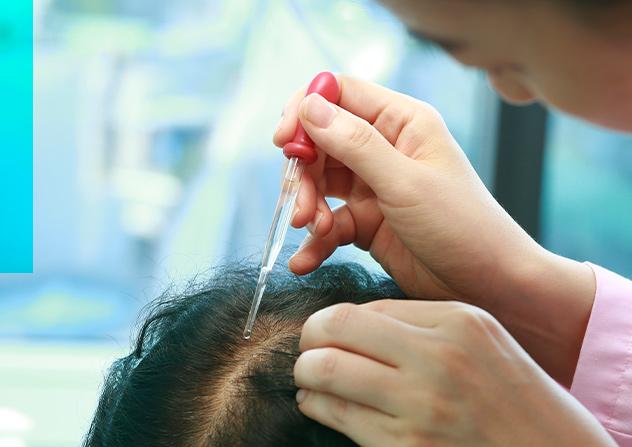
Proper scalp care is integral to preventing various scalp conditions and maintaining healthy hair. Here are some general tips advised by dermatologists:
- Gentle Cleansing: Use mild shampoos and avoid harsh chemicals to prevent scalp irritation.
- Moisturize: Conditioners and scalp oils can prevent dryness and maintain a healthy scalp environment.
- Avoid Over-Styling: Heat styling and tight hairstyles can lead to scalp and hair damage. Opt for gentle styling methods.
Making these changes in your hair care routine can greatly benefit your scalp and overall hair health.
Conclusion
In conclusion, scalp care in Korea exemplifies a holistic approach that merges traditional wisdom with cutting-edge scientific advancements, making it a global frontrunner in hair health. By prioritizing natural ingredients, adopting innovative practices, and emphasizing routine maintenance, Koreans have developed an effective regimen that addresses a wide range of scalp concerns, from dandruff to hair thinning. As the importance of scalp care gains recognition worldwide, many can look to Korea for inspiration and practical insights into achieving a healthier, well-nourished scalp. The Korean scalp care philosophy underscores that investing time and effort into proper scalp maintenance is not just about aesthetics but also about fostering overall well-being.
